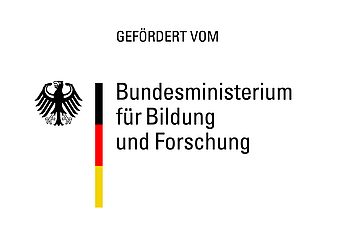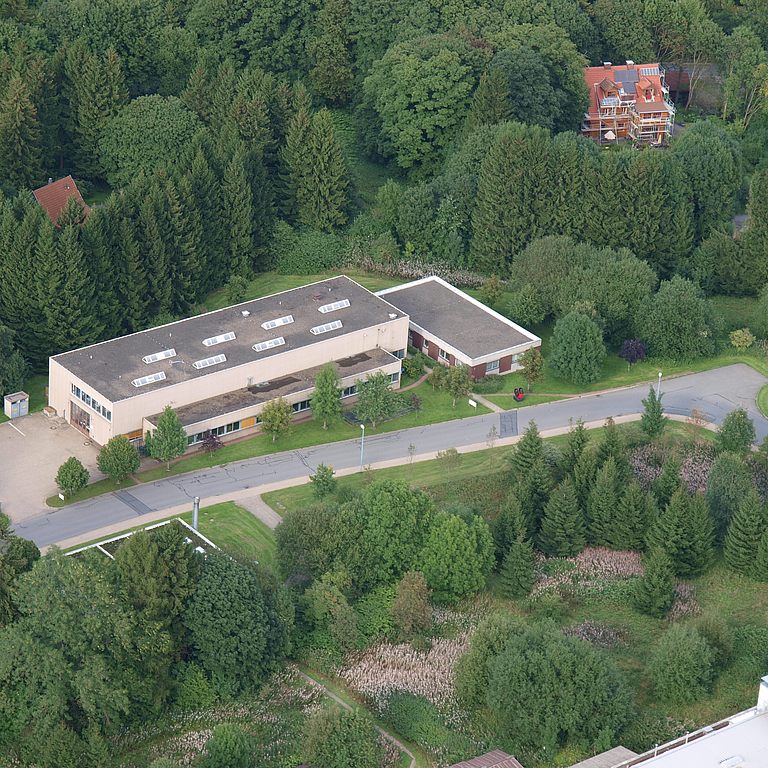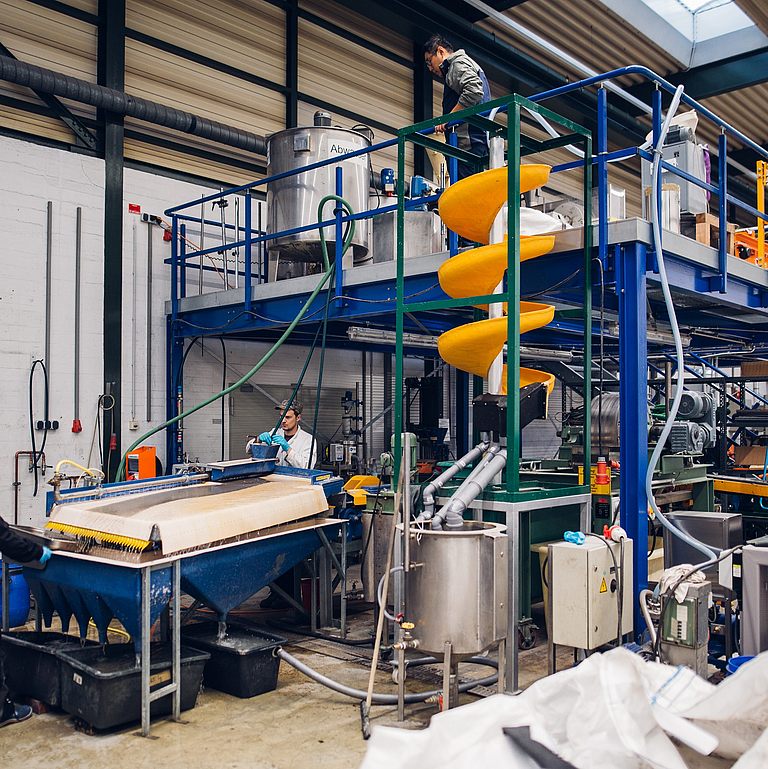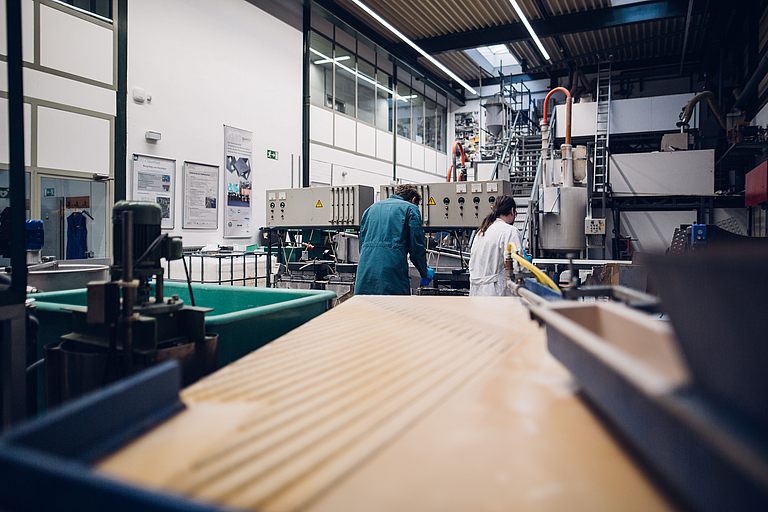SEMAREC
SEMAREC - Development of an industrially feasible recycling technology chain for NdFeB magnets
Project description
Since their market introduction in the late 1980s, sintered NdFeB magnets have been used in many technical applications due to their extremely high energy density. Particularly noteworthy are gearless wind turbines, synchronous motors, whose use is favored for electromobility, hard disks, loudspeakers and magnetic resonance tomographs. In addition to neodymium, the magnets usually contain the other rare earth metals praseodymium, terbium and dysprosium as well as cobalt to enhance certain properties such as coercive field strength and corrosion stability. The total content of rare earth elements is about 30%, of which up to a third can be accounted for by the particularly critical heavy rare earth elements terbium and dysprosium.
Although NdFeB magnets have been on the market for more than three decades, there are no industrially implemented recycling processes for them in Europe. Apart from a lack of incentives for collection and technical problems with extraction, this is mainly due to the fact that many recycling approaches only address individual material flows, e.g. hard disks, which are too small for economic recycling alone.
The SEMAREC project was created to solve this problem. The main objective of the project is to process and combine NdFeB-containing material flows from both the production and consumer waste sectors in such a way that a marketable rare earth and other metal concentrates can be economically obtained from them using a hydrometallurgical process. For this purpose, potentially suitable material flows are to be identified and analysed and, on the basis of the data obtained, processing methods for obtaining NdFeB concentrates from relevant material flows are to be developed. For these, a subsequent hydrometallurgical recycling process is to be further developed up to small production scale, based on results from the project "Recycling of components and strategic metals from electric traction drives (MORE)", which is also funded by the BMBF.
If the project succeeds in the desired way, this will be the first time in Germany that relevant quantities of the rare earths neodymium, praseodymium, dysprosium and terbium, which are particularly important for many future technologies such as electromobility, wind power and phosphors, will be obtained from secondary raw materials.
Network partners
- Electrocycling GmbH
- Institute for Processing, Landfill Engineering and Geomechanics at TU Clausthal
- PPM Pure Metals GmbH

Subsidy reference number: 033R142A



![[Translate to English:] [Translate to English:]](/fileadmin/_processed_/0/e/csm_duesenfeld_jun18_098_lowres_dd33377237.jpg)
![[Translate to English:] [Translate to English:]](/fileadmin/_processed_/d/3/csm_duesenfeld_jun18_108_lowres_31e25a0a0c.jpg)
![[Translate to English:] [Translate to English:]](/fileadmin/_processed_/3/0/csm_PA8A0066_25a6616405.jpg)
![[Translate to English:] [Translate to English:]](/fileadmin/_processed_/c/d/csm_PA8A6326_b23db2d7fe.jpg)
![[Translate to English:] [Translate to English:]](/fileadmin/_processed_/8/2/csm_PA8A6373_333262f3c8.jpg)
![[Translate to English:] [Translate to English:]](/fileadmin/_processed_/7/f/csm_PA8A9524_5b4d7e23a0.jpg)
![[Translate to English:] [Translate to English:]](/fileadmin/_processed_/3/3/csm_PA8A9545_bd53136455.jpg)
![[Translate to English:] [Translate to English:]](/fileadmin/_processed_/8/d/csm_PA8A9673_2c9b95d9b4.jpg)